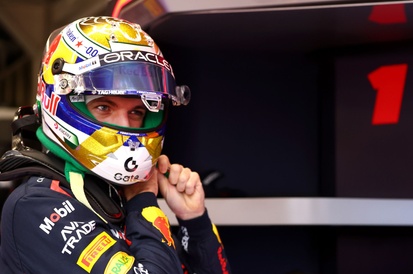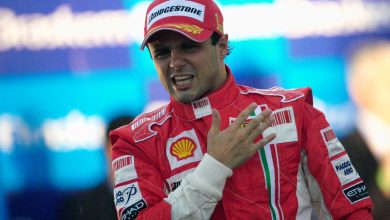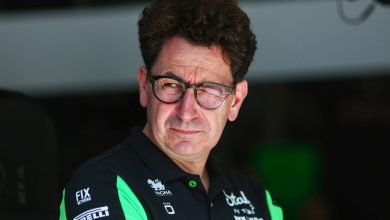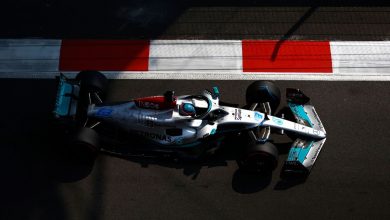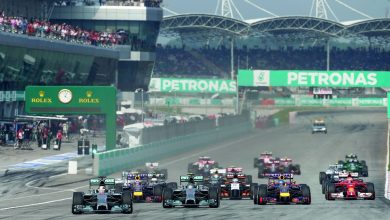Why the FIA is confident 2026 rules will make F1 ‘unpredictable, exciting’
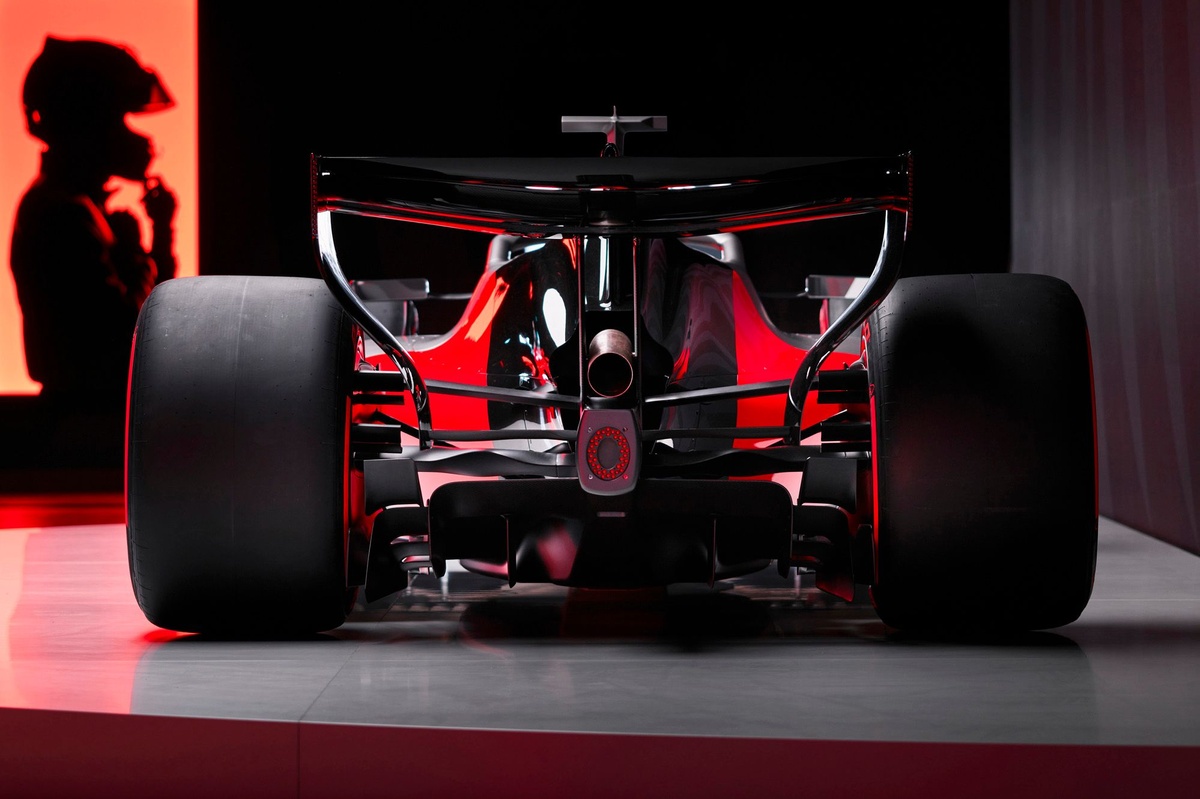
FIA single seater director Nikolas Tombazis expects the new Formula 1 regulations for 2026 to deliver “more exciting racing” as a net result of the various changes the governing body is making to the cars.
For 2026, F1 is moving to lighter, narrower cars with a bigger electric component to their hybrid engines, as well as the use of sustainable fuels and active aerodynamics.
The latter involves opening both the front and rear wings on the straight, making the current DRS device obsolete. In its place, trailing cars will be able to get a speed advantage on the competitors they are chasing through an electric energy boost called manual override mode.
And while the new technical regulations on both the power unit and chassis side may well lead to a much larger spread between teams at first, Tombazis thinks the new ruleset will create a better show.
“Clearly, with new regulations one expects initially a slightly bigger spread of the grid, but we do expect from an aerodynamic point of view, cars to be able to follow each other much closer than now,” he said.
“The wake characteristics are much improved and we feel we’ve learned a lot from the 2022 cars to implement a lot of these learnings for the aerodynamic regulations this year.
“The transition from using DRS to energy as the tool to assist overtaking – that’s all going to change the nature and make it more unpredictable. That, together with the different aerodynamics, I think are going to make racing ultimately more exciting.”

Nikolas Tombazis, FIA Single Seater Director
Photo by: Andy Hone / Motorsport Images
Tombazis believes the difference with the current cars will be starker because teams have all clawed back so much downforce since the advent of the 2022 regulations. In this time, the impact of dirty air has also gradually worsened.
“Let me say, first of all, that the 2022 cars started off with a significant improvement in their wake characteristics. I don’t remember the exact numbers, but the loss of downforce at 20 metres behind went from about 50% on the previous generation of cars to about 80 or 85% to start with on the 2022 cars. And then that gradually decayed during the regulation cycle to what it is now, which again I’m not entirely sure – but we are probably talking more like 70%.
“This is why we see that cars are currently struggling a bit more now following each other than in 2022, albeit still better than it was in 2021. We believe that the start of the new cycle will be more like 90% or something like that. So we believe it’s going to be better than it’s ever been.”
Another element that can create variance between teams and drivers is not just the different engine hardware, but the way in which each power unit is being run and how the energy is managed. It is believed two identical power units can vary in performance to the tune of several tenths per lap purely down to how the driver actually deploys the energy.
“If a driver deploys his energy differently and you’re a little bit inefficient in your use around the lap, an overtake is actually quite practical or feasible,” said Red Bull’s chief engineer Paul Monaghan.
“So, I think the scatter of car usage and performance could be greater than we currently have. And as such, the racing will be different in that we may not be as closed up as we currently are – but we’ll see. And then you’ve got the uncertainty of completely new cars, new electronics, and will everybody make it to the end? We’ll find out. It’s unpredictable at the moment.”
We want your opinion!
What would you like to see on Motorsport.com?
– The Motorsport.com Team

